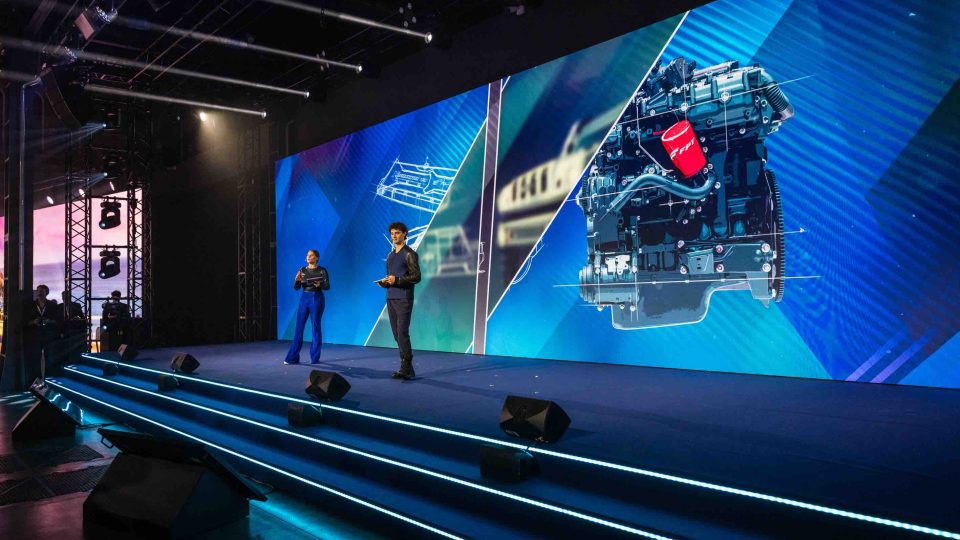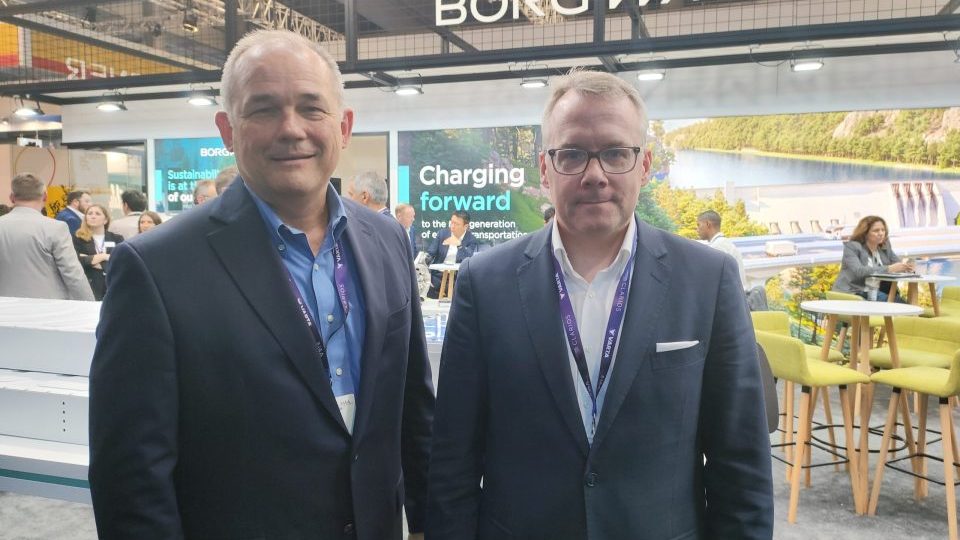FPT Industrial at IAA: XC13 and the future of multifuel
We chatted with Philip Scarth, Head of open innovation, Arbon’s engineering lead, for a walk-through of what FPT Industrial announced and displayed at the IAA. Under the spotlights the XC13, by the Cursor 13 engine block, and the electrification strategy.

We chatted with Philip Scarth, Head of open innovation, Arbon’s engineering lead, for a walk-through of what FPT Industrial announced and displayed at the IAA. Under the spotlights the XC13, by the Cursor 13 engine block, and the electrification strategy.
“We talked about multifuel and modularity,” Scarth says. “If you start with an internal combustion engine, the message from our management is very clear: ICE have a future on the route to decarbonization. The reality is that multifuel has a prominent role to play. We are preparing a new engine for alternative fuels, including hydrogen and e-fuels if they become available, in addition to diesel and natural gas, all on the basis of the current platform. We are developing a new, lighter engine to replace our diesel and natural gas options. Although we are simultaneously working on improving hydrogen combustion, in this particular scenario we have a new engine to ensure that there is room and availability for hydrogen combustion solutions.”
And switching to an electric approach?
“The battery is the main component of an electric system, and we have one together with Microvast. To build up this system together, we also require the e-axle, the electrical drive system used in the Iveco Daily and in medium-duty and heavy-duty applications. Additionally, one of the more crucial parts is the BMS, which is a crucial aspect of the battery’s managing strategy and helps us increase the battery’s lifespan. In Coventry, Potenza, now a division of FPT Industrial, is developing next-generation BMS hardware and software for use in battery systems. We are developing AI intelligence with Potenza to more accurately control the battery with the goal of extending the life of the battery. The BMS is able to better regulate the temperature of the battery and its performance, allowing us to balance the different cells and therefore increase battery life. Knowing the battery’s condition, its charge level, and the balancing of the cells are essential components to extending its life.”







